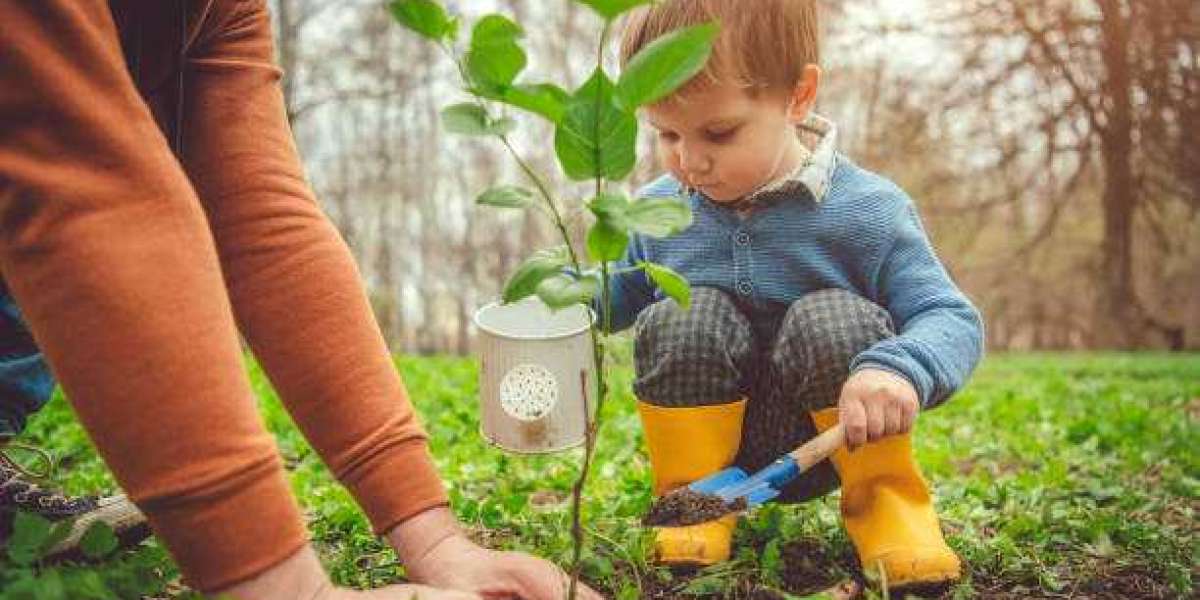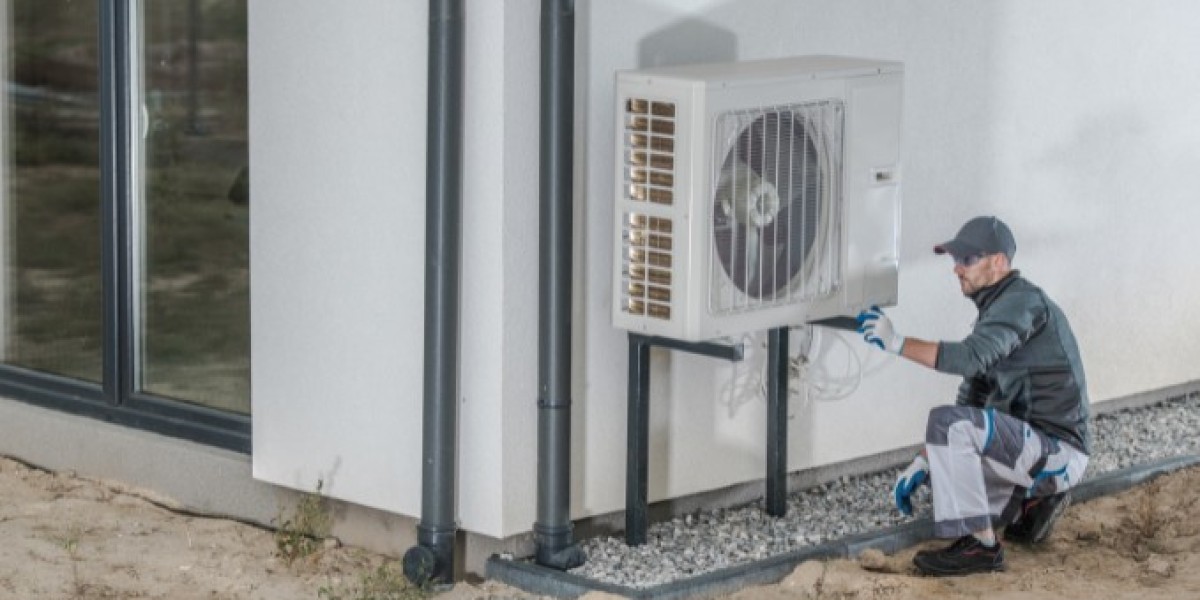Melbourne is well-known for its beautiful parks and gardens, but it's also home to a thriving urban forest that plays a vital role in the health and well-being of the city's inhabitants. With over 70,000 street trees and more than 5 million trees in parks and gardens, Melbourne's urban forest is a diverse and dynamic ecosystem that provides countless benefits to both humans and wildlife. In this article, we'll take a closer look at the tree life Melbourne, exploring the different species that make up the urban forest, the challenges faced by these trees, and the efforts being made to protect and enhance this valuable resource.
The Species of Melbourne's Urban Forest
Melbourne's urban forest is home to a wide variety of tree species, ranging from native eucalypts to exotic ornamentals. Some of the most common tree species found in the city include the River Red Gum, the Silver Princess, the Lemon-scented Gum, and the Golden Wattle. Each of these species has unique characteristics and requirements, and understanding their individual needs is key to maintaining a healthy and diverse urban forest.
The Challenges Facing Melbourne's Trees
While Melbourne's urban forest is a source of pride for many residents, it faces a number of challenges that threaten its health and longevity. One of the biggest challenges is climate change, which is causing increased temperatures and water stress, as well as more frequent extreme weather events such as heatwaves wave storms. Other threats to the urban forest include pests and diseases, pollution, and urban development.
Protecting and Enhancing Melbourne's Urban Forest
Despite the challenges facing Melbourne's urban forest, there are many individuals and organizations working hard to protect and enhance this valuable resource. Local councils and community groups are planting new trees, providing education and outreach programs, and implementing management strategies to mitigate the impacts of climate change and other threats. In addition, the City of Melbourne has developed a comprehensive Urban Forest Strategy, which sets out a vision for a healthy and sustainable urban forest that benefits all members of the community.
The Benefits of Melbourne's Urban Forest
Melbourne's urban forest provides numerous benefits to both humans and wildlife. Trees improve air quality by removing pollutants and producing oxygen, they reduce the urban heat island effect by providing shade and evapotranspiration, and they enhance the visual and aesthetic appeal of the city. Trees also provide habitat and food for a wide range of wildlife, including birds, insects, and mammals.
Conclusion
Melbourne's urban forest is a vital and dynamic ecosystem that provides countless benefits to the community. While it faces a number of challenges, efforts are underway to protect and enhance this valuable resource for future generations. By understanding the species that make up the urban forest, the challenges facing these trees, and the benefits they provide, we can all play a role in ensuring the health and well-being of Melbourne's tree life.








